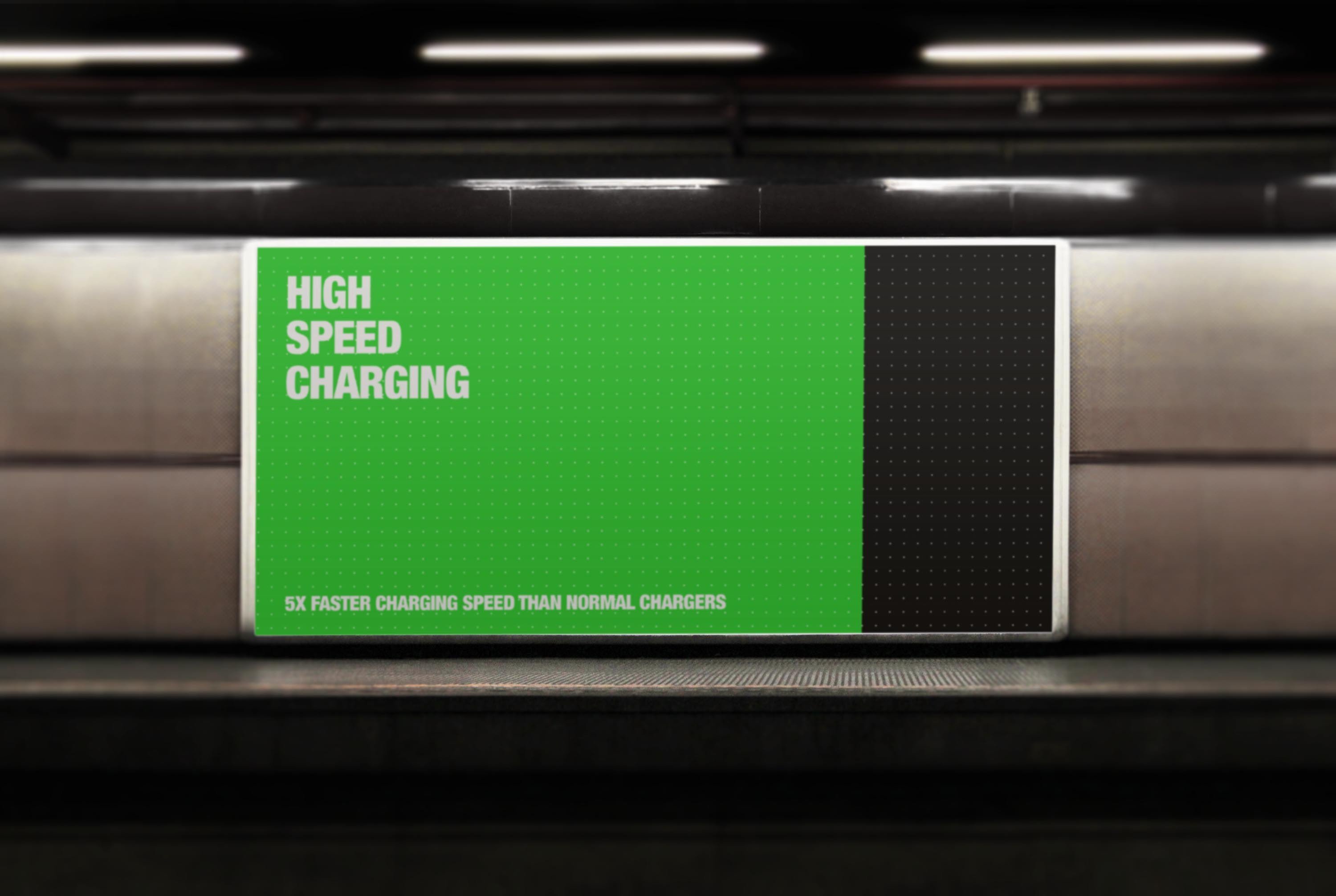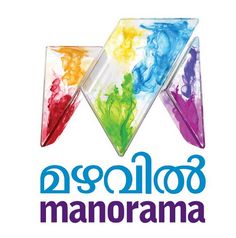
Print advertising can include coupons, flyers, business cards and billboards. These advertisements work best if they grab the attention of potential clients and encourage them purchase from you.
Print ads typography
Print advertisements have long used typography as a design tool. It can create an illustrative representation of the advertiser's idea better than a picture, which is why it is so popular.
Typography print ads should be written in a consistent font style to ensure success. The lines should be clear and consistent to emphasize the visual aspect. It should also be easy reading, with consistent weights and good kerning.
Illustrations in print ads
An ad must have strong illustrations that catch the eye and motivate readers to take action. This illustration can be a photograph, drawing, or stock image of the item. This could also refer to a person or an animal.

An effective illustration can make the difference between a well-designed print advertisement and one that is poorly designed. A professional illustration will convince and promote the product/service advertised.
Print ads for Pedigree
Pedigree has created memorable ads in print that use logos, pathoss and ethos to create emotional appeal to consumers. This is especially true for pet food which can be costly.
The two magazine ads that were featured in this article feature the Pedigree brand in an appealing, unique way. These images encourage people to adopt shelter pets and communicate an emotional response.
No matter the size of your business, a powerful logo and a creative advertisement can make you stand out in your industry. This is particularly important for a small business.
Headlines for print ads
The headlines in your advertisement are what grab readers' attention and get them to keep reading. They are the first thing people see, so be concise and interesting.

Copy for print ads
The body copy describes the purpose of the advertisement and how it can be used to benefit your company or organization. This document can be long, so make it easy to read.
Print ads can also be helped by subheadings. They help readers to scan the ad, and get to the point. Subheadings with information can be used to attract the reader and also provide structure to your copy.
FAQ
Radio advertising: What are your options?
Understanding the interactions between different media is essential. Remember that all media types are complementary, not competing.
Radio is best used as an extension of television advertising. It can reinforce key messages and provide additional information.
Radio listeners are often not able to handle long TV commercials. Radio ads are often shorter and cheaper.
What is affiliate market?
Affiliate marketing is an online business model where you earn commissions by referring customers to products and services sold on other websites. If someone buys from your product, you get paid by the owner.
Affiliate marketing is built on referrals. You don't have to do anything special for people to buy from you. All they have to do is to refer them the website.
You don't have to sell anything. It's just as easy to sell as it is to buy.
It takes just minutes to set up an account as an affiliate.
You will get more commission if you refer more people.
There are two types.
-
Affiliates who own their websites
-
Affiliates who work in companies that offer products or services.
What is the best way to advertise in print?
Print advertising is an effective medium for communicating with consumers. Print advertising is used by many companies to promote their products and services. It is designed to attract the attention of the customer.
Print ads are usually short (one page) and contain text, pictures, logos, and other graphics. Print ads can also contain sound, animation, videos, and hyperlinks.
Here are the main types and classifications of print advertising:
1. Brochures are large-format printed materials that are designed to draw people into shops. They often have colorful pictures and eye-catching designs.
2. Catalogues- These are smaller versions and variants of brochures. They are typically sent to customers who have requested information on specific items.
3. Flyers – These are small pieces made of paper that are distributed at events, such as fairs or concerts. If they are given out at retail outlets, they can be obtained for free, but you must pay for them.
4. Posters - These flyers can be larger than the ones you see on the flyer. They are placed on walls, fences, buildings and other surfaces. They are created by computer software programs in order to grab passersby's eyes.
5. Direct mail - This refers to letters or postcards mailed directly to potential customers. These cards are sent by companies periodically to remind their customers about their company.
6. Newspaper ads - These ads are published in magazines and newspapers. They can be quite lengthy and often include text as well as images.
How can you choose your target audience?
Start with yourself, and the people closest to you. Ask yourself "Who am I trying reach?" if you aren't sure where to start.
These are some questions to ask yourself: Who is the most influential person in my industry? What are their daily problems? Who are the smartest people in my industry? You can find them online.
Go back to the beginning when you started your business. Why did you start? What problem were you able to solve and how did this happen?
These answers will help identify your ideal clients. These answers will help you understand your ideal clients and what motivates them to buy from you.
It is also possible to look at the websites and social networks pages of your competitors to get insight into who they cater.
Once you have identified your target customer, you need to decide the best channel to reach them. For example, if your company provides services to real estate agents, you might create an informational website targeting home buyers.
If your company provides software to small businesses, you might consider creating a blog for those owners.
A Facebook page for teens could be set up if you are a clothing seller. If you own a restaurant, you can set up a twitter account to provide information for parents searching for child-friendly options.
The point here is that there are many ways to get your message across.
How much does advertising on social media cost?
Social media advertising is expensive if you choose to take this route. You will be charged monthly depending on your time on each platform.
Facebook: $0.10 per 1,000 impressions
Twitter: $0.20 per 1,000 impressions (if your tweet is on Twitter)
Linkedin - $0.30 for 1,000 impressions if your send out invitations
Instagram - $0.50 per 1,000 impressions.
Snapchat - $0.60 per 1,000 impressions ($0.40/user)
YouTube - $0.25 for 1,000 views
Tumblr Text Posts - $0.15 Per 1,000 Impressions
Pinterest - $0.05 per 1,000 impressions per month
Google + - $0.15 - $0.20 per 1 Million Impressions
Tumblr – $0.15 - $0.20 per 100,000 impressions
Vimeo – $0.20- $0.25 Per 10,000 Impressions
Soundcloud - $0.20 to $0.0.25 per 1 Million Plays
StumbleUpon - $0.20 -$0.25 per 1 billion pageviews
Digg - $0.20 - $0.25 per 1000 diggs
Reddit - $0.20-$0.25 per 1000 comments
Wordpress $0.20-$0.25 per 500 Comments
Flickr - $0.20 -- $0.25 per 5,000 photo uploads
What is advertising's main purpose?
Advertising isn’t about selling products.
Advertising is about communicating values and ideas to people who are interested in your products or services. It's about changing people's attitudes. It's about building trust.
It's all about helping people feel good.
You can't sell to your customers if you don’t know their needs.
Before you begin any advertising campaign, it is important to understand your customers' needs, wants, and buying patterns.
This allows you to design ads that resonate well with them.
What is an ad-campaign?
An advertisement campaign is a series containing advertisements to promote a product. It can also refer entirely to the production of such ads.
The Latin word for "to Sell" gives rise to the term "ad". Marcus Terentius Varro, 116-27 BC, was the first to use it. He used it as a verb that meant "to make a sales."
Advertising campaigns are most often done by large agencies or businesses. Advertising campaigns can involve many media types, such as television, radio, print, and the internet.
Advertising campaigns can last up to six months and have specific goals. Campaigns can be targeted at increasing awareness or sales, for example.
Statistics
- It's 100% reliant on your website traffic. (quicksprout.com)
- This means that at least 50% of an ad needs to be shown on the screen for at least one second. (quicksprout.com)
- Nonetheless, advertising spending as a share of GDP was slightly lower – about 2.4 percent. (en.wikipedia.org)
- It collects money from the advertisers, keeps 32% for its role in facilitating the process, and the remaining 68% goes to the publisher (you). (quicksprout.com)
External Links
How To
How to place sponsored ads on Facebook
Facebook is now one of the most used social networking sites. The global population is 1.79 billion. It keeps growing each day.
Facebook is completely free. However you can pay to reach specific audiences. You can also opt for paid advertising options such banners or promoted posts.
Log into the existing app if you already have it registered. Click "Create New App" if you don't have an app already registered. then follow these steps:
-
Click "Add Platform," under the Apps Section.
-
Select "Advertising", then click on Continue.
-
Please complete the form and submit it.
-
Once you have been approved, you will receive a Client ID number and a Secret key. Copy them.
-
Then, copy the keys into the appropriate areas.
-
Enter the name of your campaign, and then select the currency.
-
Click "Begin Campaign".
-
Follow the instructions until the first banner appears. Copy the URL, then go back to your Facebook profile.
-
Copy the code and paste it into the box provided to you by Facebook.
-
Click "Save Changes".
-
Your ad needs to be now live
-
Repeat steps 10-12 for each banner you would like to make.
-
After you're done, click "Continue". The rest of the process will continue.
-
Make sure you complete the final step before creating your adgroup.
-
After you are done, click "View All Ads" and see all your campaigns.
-
Simply click the "Remove ad" button next each individual ad.
-
If you're not seeing any results after running your campaign, check to ensure you followed the directions correctly.
-
You can check the date range for your campaign.
-
Make sure you set your budget appropriately.
-
You can save your changes.
-
Before you click "Submit", make sure to review the settings.
-
Your ads will appear on your timeline when you wait.
-
Bravo for a job well done!
-
Let's now look at some tips to improve your results.